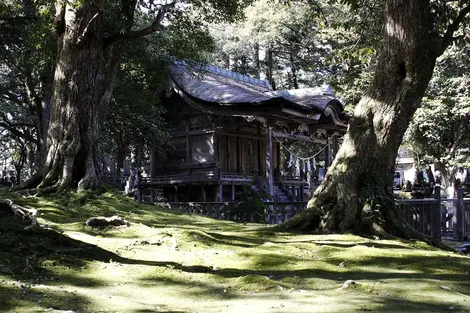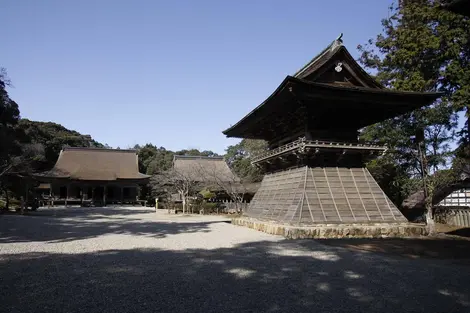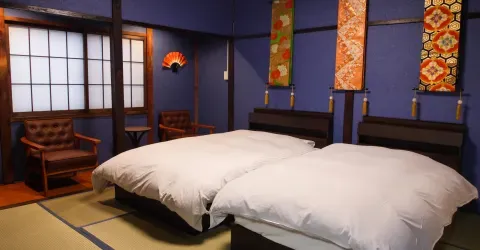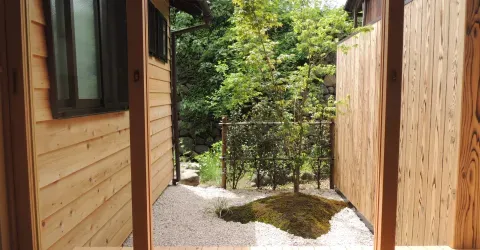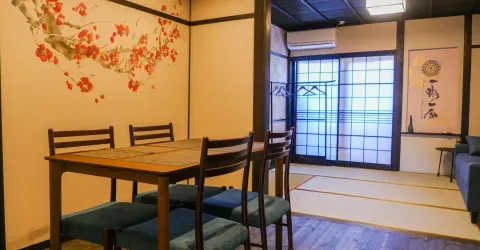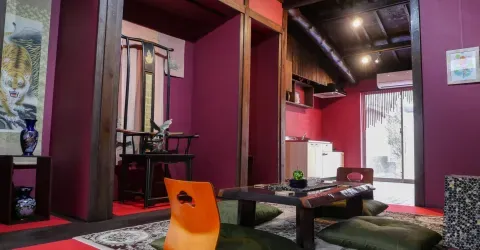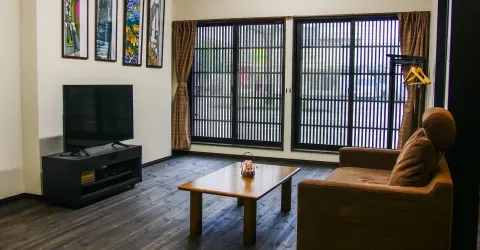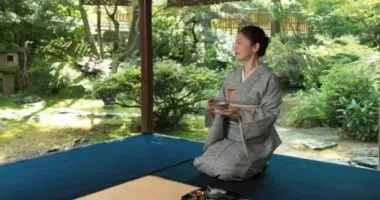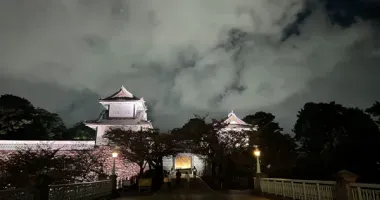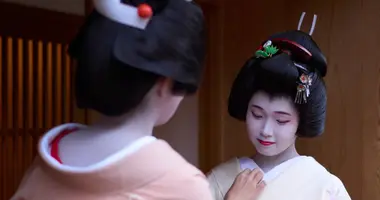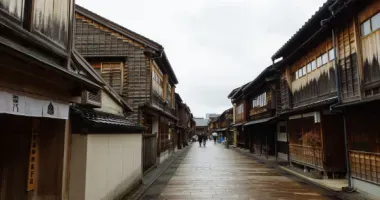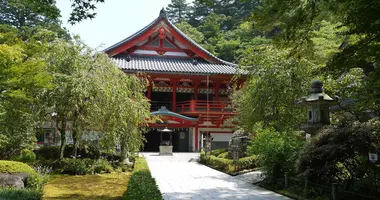Myojo-ji temple
- Published on : 10/12/2018
- by : C.L
- Youtube
Major place of Nichiren Buddhism
Main temple of the Nichiren School in the region, the Myôjô-ji monastery is made up of a set of remarkable buildings, including a 5-storey pagoda with a tochibuki structure roof, the only one in Japan.
On the west coast of the Noto Peninsula is Myōjō-ji Temple. Located in the Takidani district of the city of Hakui, it is the main temple of the Buddhist school of Nichiren in the Hokuriku region .
See also: Myohon-ji Temple
The Myôjô-ji temple is designed according to what is called " Shichido Garan ", that is to say seven rooms which make up the whole of an ideal Buddhist temple . But that's not all, the temple is at the heart of a particularly beautiful garden , which you can walk around as you see fit, between visiting the different buildings. Bamboos, low trees or trees with dense foliage, mosses... the atmosphere created by this garden highlights this temple with its astonishing history even more.
A REMARKABLE HISTORY
Indeed, in 1294 , the monk Nichizo was on his way to Kyoto , according to the instructions left by Nichiren, founder of the eponymous Buddhist current , before his death. During his journey, Nichizo meets Manzohoin, another monk, who invites him to his temple. While Nichizo introduces the monks of the temple to the teachings of the Lotus Sutra, the latter, somewhat irritated by these teachings, chased Nichizo and Manzohoin from the temple, who left to seek refuge at the Shinto shrine of Hakusan.
Before resuming his journey to Kyoto, once his wounds had healed, he planted a branch of a pagoda (or sophora of Japan) in the ground and said to Manzohoin “If this stick takes root and becomes a tree, you will have to raise a temple of the Lotus Sutra” . As the staff took root and a tree began to grow, Monzohoin erected Myojo-ji Temple right next to this tree , as the headquarters of the Lotus Sutra in the Hokuriku region. Declaring the priest Nichizo as the founder and himself as the second founder of this temple.
A PRESERVED TEMPLE
In 1582, Toshiie Maeda, the first lord of the Kaga clan, occupied the Noto Peninsula and came to visit the temple. After hearing his story, he decided to make it a prayer room for his family's success in the struggles they were fighting.
It was he who bought more land around the temple, in order to grow more trees there.
Finally, it was the third lord of the Kaga clan who undertook the construction of the main hall of the temple. Then the construction of the five-storey pagoda , with a Tochibuki structure roof, the only one in Japan to date .
Relatively preserved from the damage of time , the temple has suffered almost no collapse or crumbling. No fire having consumed it, it has therefore been unchanged for 400 years .
A WALK OUT OF TIME
The walk in this temple is therefore worth the detour, both for its history and for the buildings (most of which have been designated " Important Cultural Properties ") or the garden. In addition to the majestic pagoda, you can discover Inside the Joroku-do hall, a 5-meter-tall wooden statue of Shakamuni Buddha , recently restored, can be seen in its exact original state.
If we can give you any advice, do not hesitate to enter the very small café located just next to the parking lot near the temple. It's run by an adorable Japanese couple, with small hot plates, and where the coffee machine alone is worth a look!
Address, timetable & access
Address
Timetable
From JR Hakui station, take the Noto Seibu bus bound for Togi or Takahama, get off at Takidani-kuchi stop, then walk for 20 minutes.Price
Adults: 500 yen (3€90); Middle and elementary school students: 300 yen (2€30)Access
8 a.m. to 5 p.m. from April to October; 8 a.m. to 4:30 p.m. from November to March



